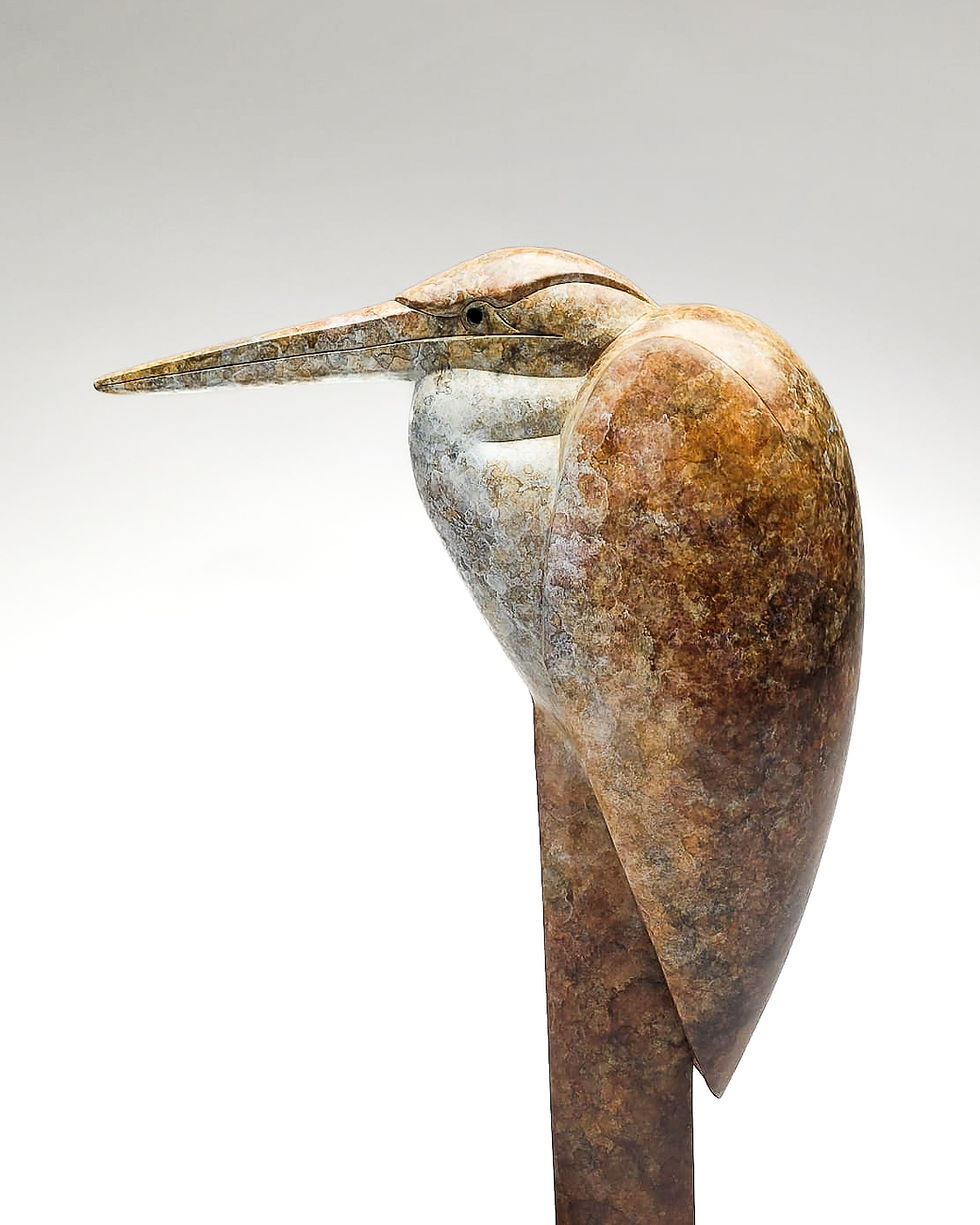MODEST HUYS | The Harvest
Oil on Canvas
71 x 82 cms / 28 x 32¼ inches
Signed M Huys (lower right)
Painted 1912
Modest Huys’ The Harvest is a masterpiece of Belgian Luminism, capturing the golden glow of late afternoon over Flanders’ fields. With bold brushwork and rich colour, Huys transforms a scene of rural labour into a strikingly atmospheric composition, balancing realism with radiant light. A testament to his place among the Vie et Lumière painters, this exceptional work invites collectors to experience the brilliance of Post-Impressionism at Gladwell & Patterson.
RAbove all else, Huys’ work was preoccupied with the way that light and colour could transform ordinary scenes of daily life into extraordinary depictions of the sublime. In this respect The Harvest is one of the artist’s most startling works. Depicted from a low angle, the workers in Huys’ The Harvest are given a certain monumentality, standing out from the landscape they inhabit. Resting on a stick or raising up a bundle of hay they assume almost sculptural poses, undiminished by their labours. While the painting is suffused with a brilliant light, Huys has chosen to capture the glow of the late afternoon, thereby softening the heat of the sun: Yellows and oranges mix with cooling purples and opals as shadows begin to extend, further silhouetting the central figures.While Huys’ brushwork is undoubtedly influenced by Claus and the other Luminist painters, his subject matter and composition seems indebted to the work of the Realists, particularly Jean-François Millet. Huys was particularly drawn to Millet’s use of light and shadow, both of which abound in The Harvest, along with the French artist’s ability to capture the dignity in everyday hardship. Despite their very different approaches to painting, if we compare Huys’ Flax Harvest to Millet’s The Potato Harvest we can see clear similarities in the monumentality of figures and use of light. The startling sunset in Huys’ The Harvest can also be compared to the iconic Angelus, which also juxtaposes work in the fields with beautiful atmospheric effects. It is one of Huys’ greatest achievements that he was able to balance social commentary alongside his innovative pictorial technique: a combination rare for the period.Deftly combining brilliantly coloured and textured brushwork with realist subject matter, Modest Huys’ The Harvest is a masterful encapsulation of the Luminist project. Produced at the apex of the artist’s career, The Harvest remains as vibrant today as it was over a century ago, shedding its shining light upon the often-overlooked farmworkers that fascinated Huys and his contemporaries.

















